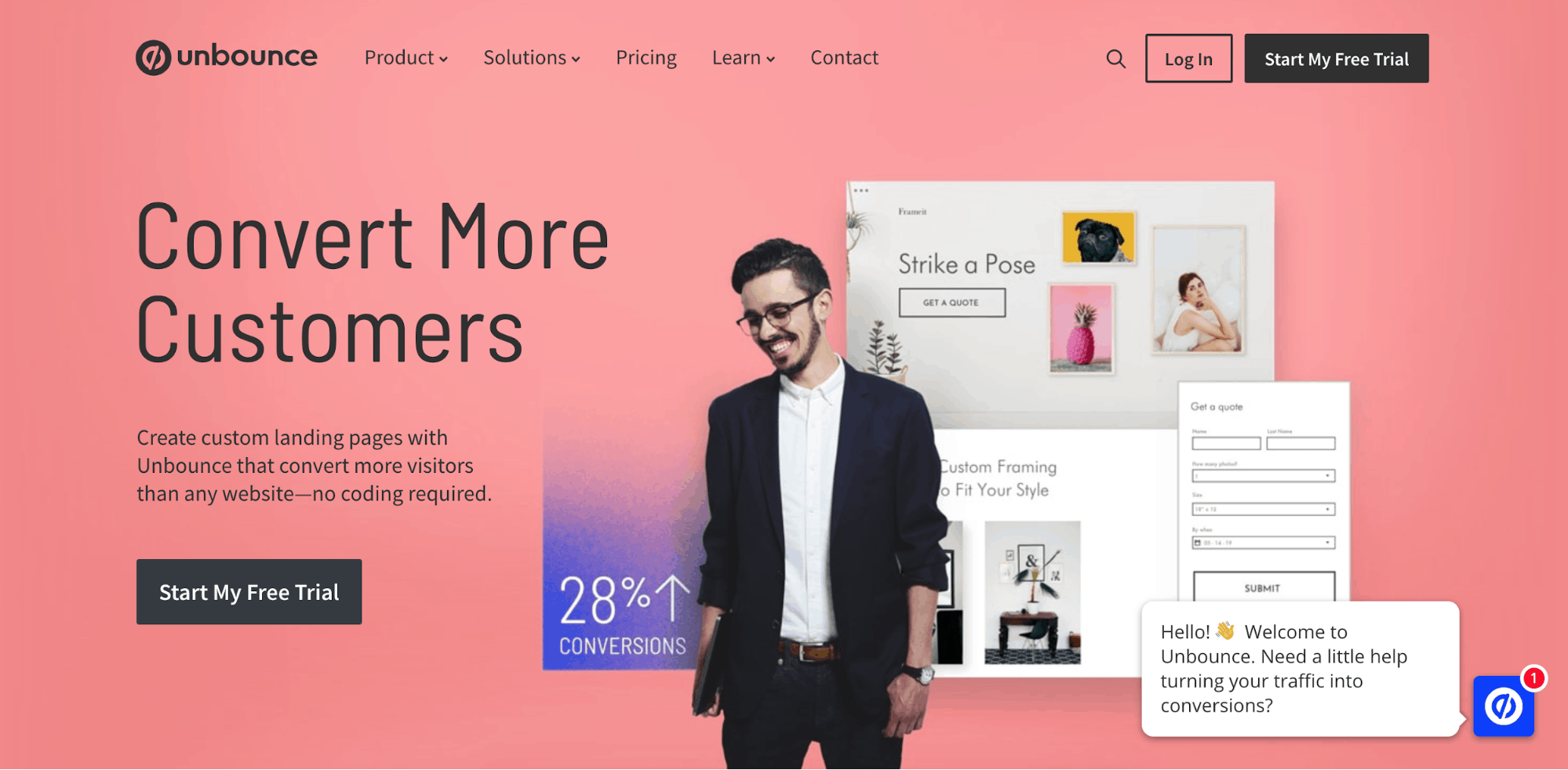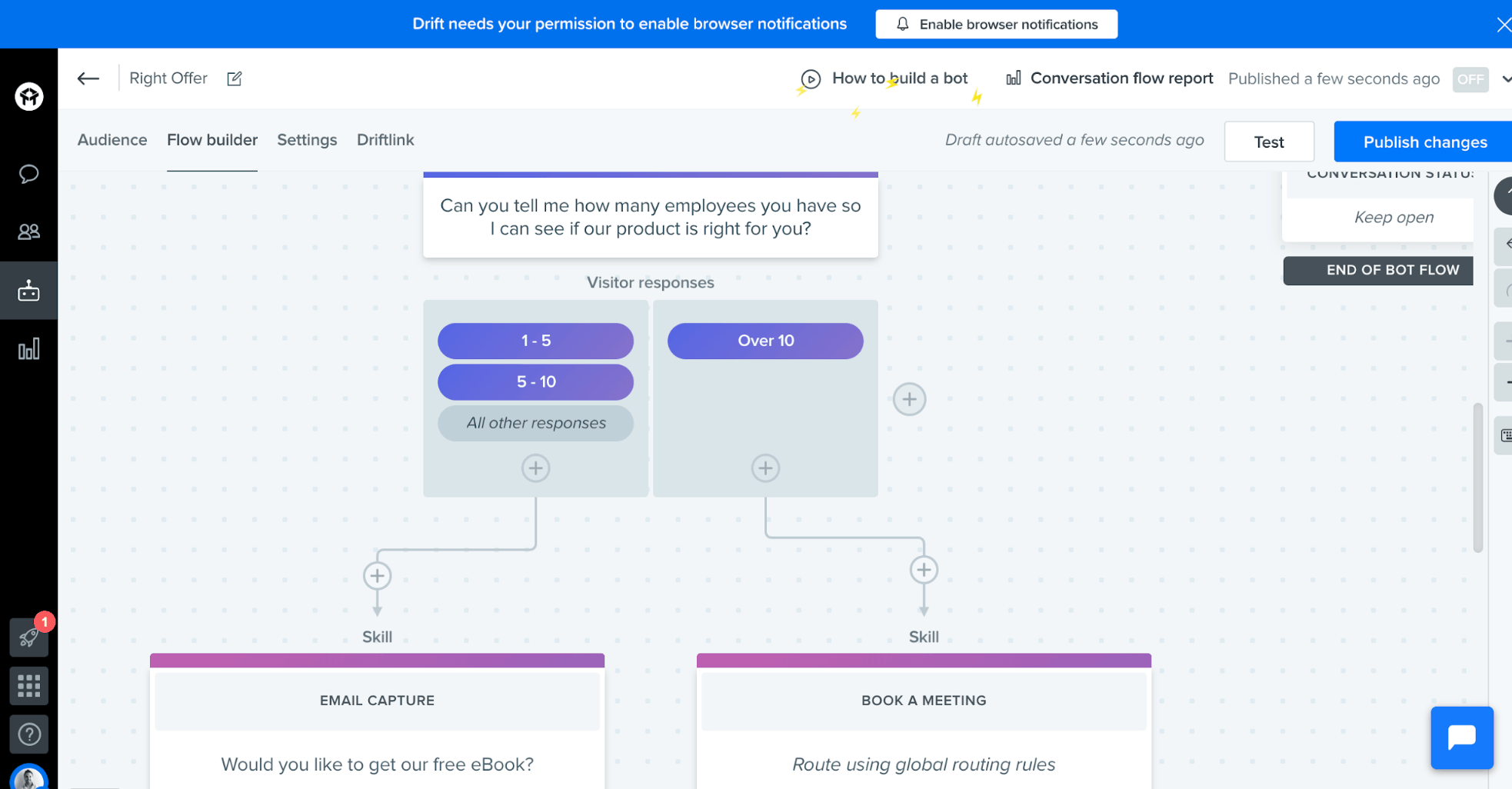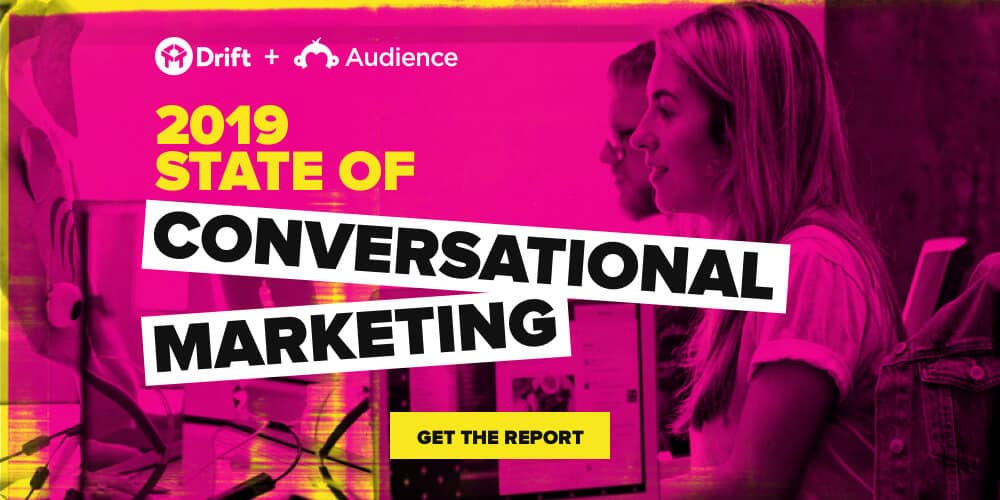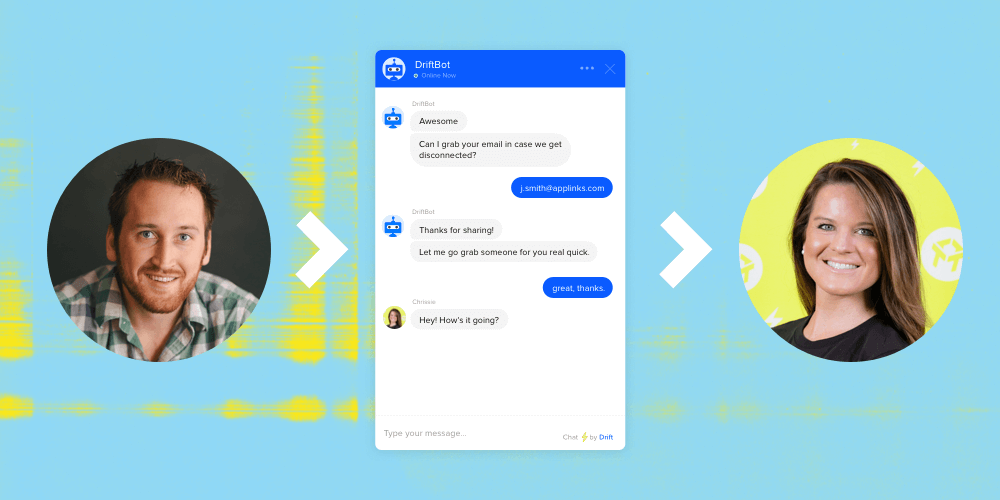
Like most metrics-driven marketers, you probably focus on the number of sales calls and demos that you book for sales.
However, this is not always the correct metric as some leads are not profitable to speak with, and it is unprofitable to allow them to book a call.
For every unqualified lead that you prepare and spend time with on a sales demo, you waste the two things that businesses can never have enough of – time and opportunity. While you speak with this unqualified prospect there are a whole host of other, more profitable tasks you could perform.
The Solution: Only Offer Pre-Qualified Leads Sales Calls
Every business has a variable that separates a lead as qualified or unqualified.
It can be dramatic like the lead needs to be a homeowner, or it can be smaller like the type of operating system on the leads mobile device.
You, as the marketer, need to know what separates the qualified from the unqualified lead before you launch your first campaign.
Once you know what qualifies a lead – you then have to ensure the only calls your sales team receives are pre-qualified.
This is a difficult task because the information you need can be personal, could turn away potential customers and will almost certainly lower the overall amount of sales calls you book.
However, conversational marketing helps you smoothly and easily ask these difficult questions in a friendly tone. Conversational marketing also allows the marketer to do so within the confines of an ongoing conversation rather than startling the prospect with threatening questions in a form.
How To Use Conversational Marketing To Fix Your Lead Quality Problems
Let’s walk through how to implement conversational marketing to fix your lead quality problems and ensure that you only take the time to speak with pre-qualified prospects on your sales calls.
1. Define The Variable That Separates A Qualified From An Unqualified Lead
Start by working backwards because, in terms of business, I have found working backward from the end goal to be most clear route to profitability.
Sit down with your sales team and other stakeholders and get crystal clear on the variable that separates a qualified from an unqualified lead. Make sure this variable is quantitative (a clear yes or no) rather than qualitative (based on feelings and subjective).
This variable can be anything from the amount of yearly revenue a business has, the amount of employees a business has, or even if they are in your geographical area. It is up to your individual business needs.
As a real-world example, at Nerds Do It Better, we have a client that is a long distance medical transportation company and the difference between a qualified and unqualified lead is the quantifiable variable of if the trip is over 300 miles (qualified) or under 300 miles (unqualified).
This is just one example, but should give you a good idea of how you can determine your variables.
2. Create A Conversation That First Engages The Prospect & Then Gets Them To Answer The Qualifying Question
Now that you’ve decided what separates a qualified from an unqualified lead, it’s time to set up a conversational marketing playbook to automatically separate the qualified from unqualified leads in real-time.
When you begin the important strategy includes both:
- The order of questions
- The words and frame you plan to utilize when asking the question
A. The Order Of The Questions
A good strategy is to start with questions that are non-threatening to engage the user prior to asking the more threatening qualifying questions.
These initial questions should hint that you can provide value to what your ideal prospect needs.
A good example of this initial, non-threatening question, comes from Unbounce where they use Drift bots to ask if the visitor if they “Need a little help to turn traffic into conversions?”

This question hints that Unbounce could help the prospect turn your traffic into conversions, and also is non-threatening enough to get the user engaged.
Once the prospect has answered these non-threatening initial questions, the prospect is engaged in conversation, and it is now time to ask them the more threatening qualifying questions.
B. How To Best Frame The Qualifying Questions
It’s best to frame the qualifying questions as you are asking them for a reason, and I mean any reason.
Yes…literally any reason.
I first learned about this “any reasoning” phenomenon when I read the book Influence by Robert Cialdini, where he cites a study in which a researcher tries to cut in front of others to make a copy and provides three possible reasons why:
- “Excuse me, I have 5 pages. May I use the Xerox machine?”
- “Excuse me, I have 5 pages. May I use the Xerox machine, because I’m in a rush?”
- “Excuse me, I have 5 pages. May I use the Xerox machine, because I have to make copies?”
Number 3 is obviously ridiculous (why else would you use a Xerox machine?), but a full 93% of people still let the researcher skip ahead in line with variable #3.
So this is a long way to say that your reason why doesn’t matter all that much – it just matters that you provide a reason.
Good reasoning phrases include “so I can” or “I ask this because”.
As an example, if your qualifying question is how many employees a company has, instead of just saying “How many employees does your company have?” you could say provide a reason along the lines of:
“Can you tell me how many employees you have so I can see if our product is right for you?”
3. Provide The Right Offer With The Right Level Of Qualification
Now that you know whether the prospect is qualified it is time to provide those that are qualified the opportunity to book the sales call.
In Drift, you have options to show specific offers to specific users, based on their answers.
In this way, only those that are qualified get to book time on your sales calls and demos and meet with your team.
Here is what this can look like in a Drift playbook, where the sales call is only offered to those who qualify by having more than 10 employees at their company:

Additionally, as a bonus – just because a prospect isn’t qualified for a sales call at the moment, it doesn’t mean they will never be and that you can’t provide value.
Let’s say that a user doesn’t qualify for your sales call at the moment (as in the playbook above where they have under 10 employees and are unqualified), they can still be offered an eBook.
This way your company provides value, but doesn’t waste your time. As the prospect’s company grows you are top of mind for in the event they do become a qualified prospect.
If you follow the strategy and steps in this article you only have calls with pre-qualified leads, your unqualified leads receive a brand-building eBook (which doesn’t present an opportunity cost to you) and you fix your lead quality problems by using conversational marketing.
Ready to learn more about how conversational marketing can fix your lead quality problems? Read the 2019 State of Conversational Marketing Report here.
Adam Lundquist (@adamlundquist), is a Harvard-educated agency owner and former radio shock jock from Santa Barbara radio. When Adam published one of his interviews on a newly-formed platform called YouTube, it became one of the first viral videos, sparking his initial interest in the power of the internet. His company Nerds Do it Better consistently delivers paid search campaigns utilizing advanced statistical analysis to remove inefficiencies in marketing and generate more customers on a consistent basis in a cost-effective way.
Editor’s Note: This is a guest post. Interested in contributing content to the Drift blog? Email Molly Sloan at msloan@drift.com







